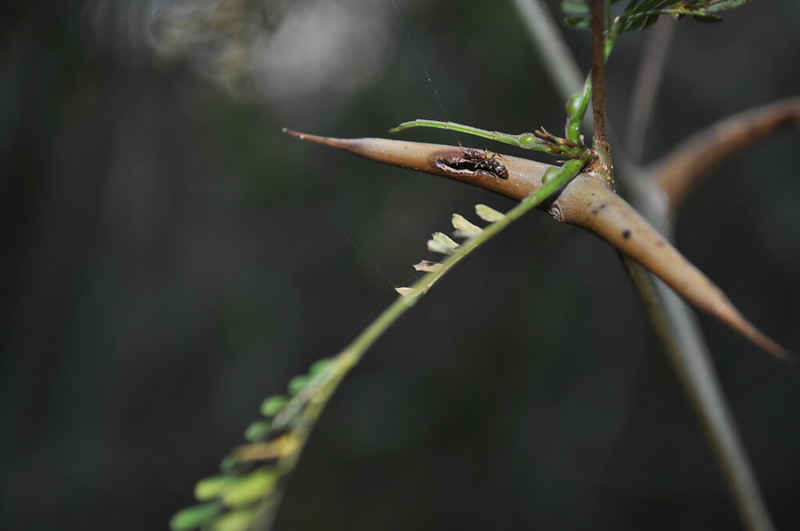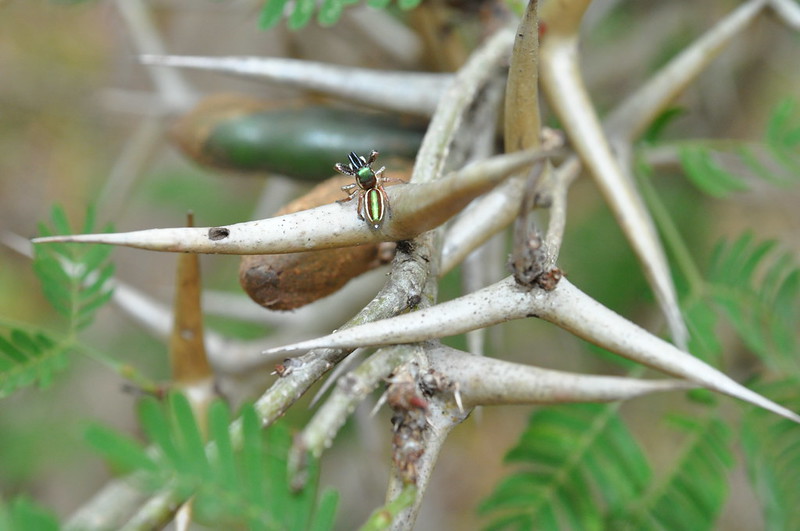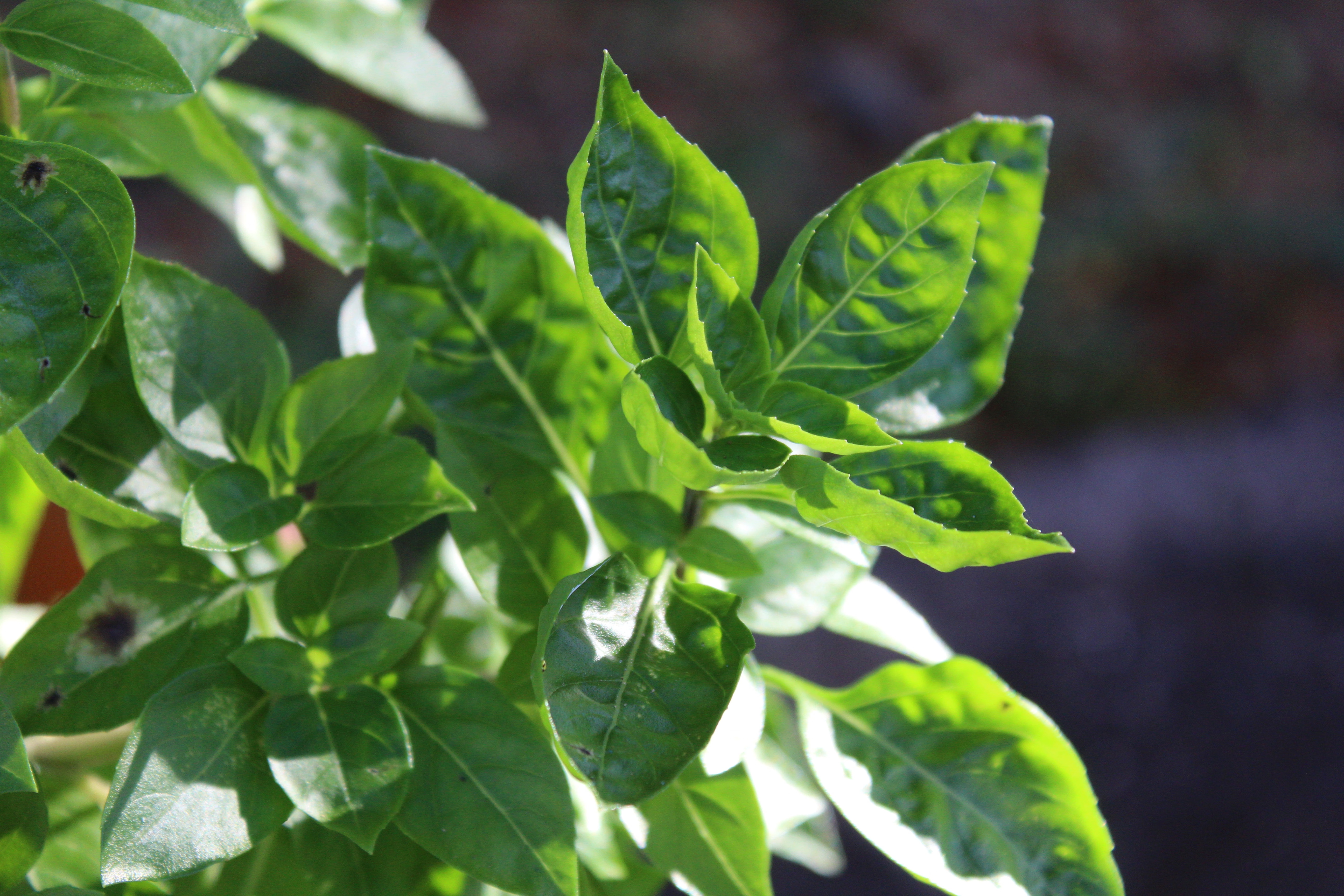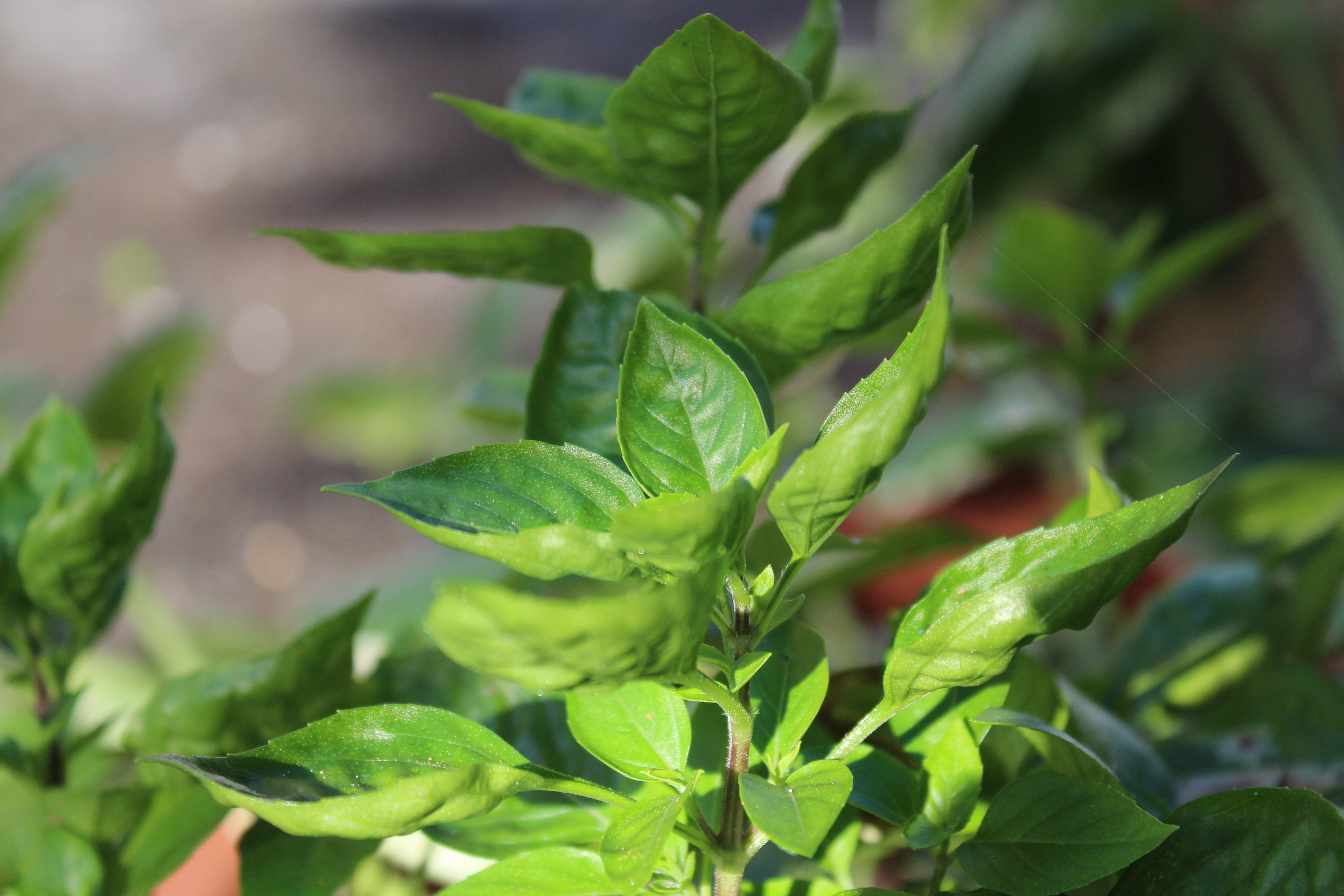I just found out that mine is Coleus. Genus of Cuban oregano and a ton of other cool plants like the Hausa potato and Livingstone potato. Apart of the family Lamiaceae, which is the same family as mint and deadnettles.
Madia. I absolutely love the two species I know. They inconspicuous unless you find them at the right time of day. Inconspicuous that is except for the smell. Their pineapple funk draws me straight to them. Also, M. elegans makes delicious seeds.
How did you find that out? I just looked at the wiki page and I think that I have Coleus amboinicus growing in my family’s home! It grows very fast, it is hardy, easy to propagate, and has a nice strong flavor.
I haven’t decided what my favorite genus of plants is… And if you ask me tomorrow I will definitely change my answer.
I think I would pick Vachellia, which was formerly part of the Acacia genus. My reasons being:
Vachellia collinsii was common in the are that I grew up in. The plant has these big hollow thorns in which Pseudomyrmex ants reside, and the ants will protect the plant. It is a very powerful example of symbiosis. I would often show people how the ants would run towards my hand whenever I would put my hand on the plant. Here is a picture of an ant by the entrance of a thorn that I took a while ago:

Not only does the plant provide a home to the ants, but it even produces food for them! It will produce these unique specialized biological structures from the tips of it leaves called “beltian bodies”, and their purpose is to feed the ants.
If this is not enough… Well, there’s more! In 2008 a species of jumping spider, Bagheera kiplingi, was discovered to be living in this plant and feeding off the beltian bodies - this is the first and I believe only reported instance of a mainly herviborous spider!

AND if all of these spectacular examples of well-documented animal <-> plant interactions is not enough, the genus also contains Vachellia drepanolobium, which besides its very cool looking symbiotic thorns it also contains a large amount of DMT (~1.4% dry weight) in its bark.
That is absolutely a fascinating pick! I would have never considered observing a thorny plant for examples of symbiosis yet here it is. Truly one of the wonders of evolution. I came to my favorite by browsing Wikipedia, looking at Morinda citrifolia, and then for random stuff to edit and contribute to, while also researching some of my favorite plants like Coleus amboinicus. I absolutely love the plant and you can stick it basically anywhere. All this plant talk really makes me want to refocus on herb cultivation. Speaking of which, I’m curious if you know this plant that is also probably in the Lamiaceae family. I know it as balsam:


We have a few Morinda citrifolia tress in our backyard back in Mexico. This summer I went back to visit, and brought a strong UV flashlight with me to use it for finding scorpions. While looking by this tree I noticed that the fruits of that plant are very brightly fluorescent when ripe. Fruits usually become more fluorescent as they ripen, but Morinda citrifolia looked very dramatic.
Hmm, the plant looks similar to basil to me, but I don’t know what it is. I suppose it has some characteristic smell but that is hard to transmit via pictures!
Maybe you know this already, but a trick to identify the Lamiaceae is to cut a bit of a the stem and see if the cross section is a square. It is not a 100% accurate test, a few members don’t have a square cross-section and some members of other families do, but I personally haven’t run into any of the counter-examples.
That’s a fun little trick with Morinda citrifolia. Balsam is similar to basil, but it does have a bit of a different flavor and smell that’s kind of hard to describe. And I actually did not know that about Lamiaceae! I’ll definitely try it at some point.
Among bryophytes, Aneura obviously. Who wouldn’t want non-chlorophyllian mosses? Dung mosses are amazing as well and just like angiosperms they are propagated by insects so sporophytes are often quite elaborate! Among flowering plants, probably saxifrages, weird plants, lots of diversity, nice.
Mine is the tomato family- solanaceae? They’re so easy to grow where I live, they even volunteer in fallow ground. They seem resistant to most pests in zone 6b. Hardy and drought resistant.
Solid choice for sure. I love tomatoes so much, and they’re my favorite fruit even though I suck at growing them



